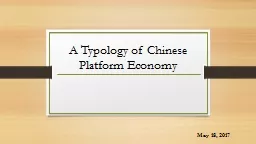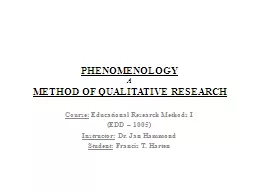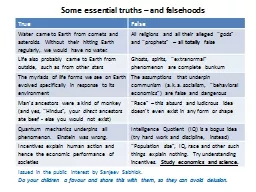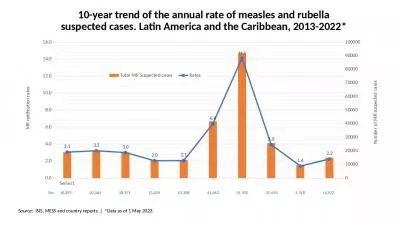PPT-Local Phenomenon or a New Trend?
Author : unisoftsm | Published Date : 2020-10-06
Development Issues in Platform Economy in China Julie Yujie Chen woshihama Chinese University of Hong Kong DIODE Workshop May 2017 Indonesia Overview A workercentered
Presentation Embed Code
Download Presentation
Download Presentation The PPT/PDF document "Local Phenomenon or a New Trend?" is the property of its rightful owner. Permission is granted to download and print the materials on this website for personal, non-commercial use only, and to display it on your personal computer provided you do not modify the materials and that you retain all copyright notices contained in the materials. By downloading content from our website, you accept the terms of this agreement.
Local Phenomenon or a New Trend?: Transcript
Download Rules Of Document
"Local Phenomenon or a New Trend?"The content belongs to its owner. You may download and print it for personal use, without modification, and keep all copyright notices. By downloading, you agree to these terms.
Related Documents














